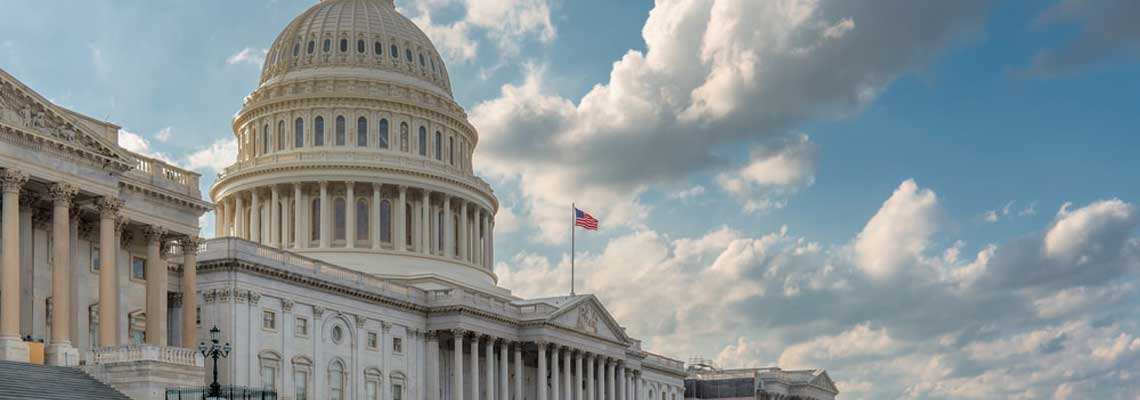By Phil Kerpen
In the Hofstra presidential debate, President Obama said: “when I took office, the price of gasoline was $1.80. Why is that? Because the economy was on the verge of collapse.” Wrong. Prices collapsed because we signaled to the world that we were finally moving forward with developing America’s massive offshore oil and gas resources — and they shot back up when Obama reimposed the offshore ban.
Obama’s ridiculous story that the doubling of gasoline prices under his watch is a result of economic recovery doesn’t fit the facts. According the National Bureau of Economic Research, responsible for officially designating when recessions start, the recession began in December of 2007. The average price for a gallon of gasoline that month, according the Energy Information Administration, was $3.02. The price rose for the next seven months with the country in recession. The price peaked in July of 2008 at $4.06 a gallon, more than half a year into recession, exacerbating economic pain and spurring the national protest movement that gave us “Drill Here, Drill Now” and “Drill, Baby, Drill.”
That July 2008 peak coincided with a critical policy change. On July 14, 2008, President Bush lifted the executive branch moratorium on offshore drilling that his father had put in place. That indicated a consolidation of support for offshore drilling that stalled the run-up in prices at the pump. In the next two months, the average price dropped more than thirty cents to $3.70.
Grassroots activists pressed even harder, demanding Congress lift the remaining barrier to offshore drilling, the appropriations rider that had been in place since 1981. The pressure on Obama was so intense that he even reversed his opposition, claiming on August 1, 2008, that he would support offshore drilling under some circumstances.
Meanwhile, activists ratcheted up pressure on Congress and the White House, urging Congress to let the ban expire. Facing organized opposition in Congress, a Bush veto threat, and overwhelming public opinion in favor of drilling, Nancy Pelosi caved. After 27 years, the ban on offshore drilling was officially lifted on October 1, 2008.
With the moratorium lifted, markets anticipated future production of the estimated 19.1 billion barrels of oil (equal to 30 years of imports from Saudi Arabia) in the Outer Continental Shelf. Market psychology abruptly reversed, and the price at the pump dropped sharply.
It reached a low of $1.79 in January 2009, the month of Obama’s inauguration. That’s no coincidence.
The first order of business for Ken Salazar, Obama’s new secretary of the Interior, was to stop the pending opening of the former moratorium waters — supposedly temporarily. That announcement was made on February 10, 2009. By April, prices were back over two dollars. By June, when the recession officially ended, the price was $2.63 — up more than 80 cents from when Obama took office while the economy was still in recession.
Prices spiked up again starting in May of 2010, which is when Obama and Salazar imposed an illegal moratorium (literally; Salazar was held in contempt of court because the moratorium was based on a politically corrupted report) in the Gulf of Mexico as an overreaction to the BP spill.
By December of 2010, Obama had fully and permanently reimposed the old moratorium that Bush and Congress had lifted in 2008. So now we’re back where we were in summer of 2008, with prices around four dollars and vast offshore American energy resources locked up by politicians. The facts are clear — the pain at the pump is not, as Obama suggested, a result of a supposedly strong economy. It is a result of his own disastrous policy.
—–
© Copyright 2012 Phil Kerpen, distributed by Cagle Cartoons newspaper syndicate.
Mr. Kerpen is the president of American Commitment and the author of “Democracy Denied.”

